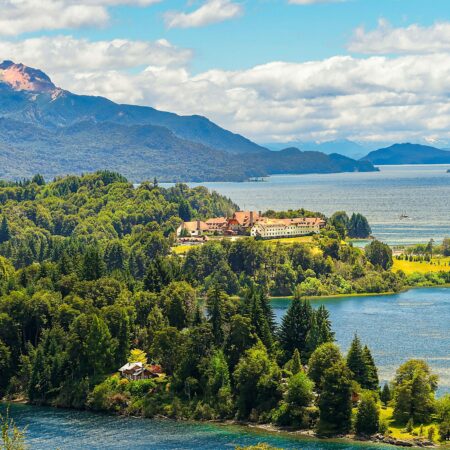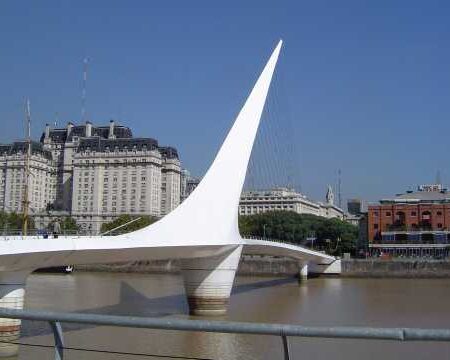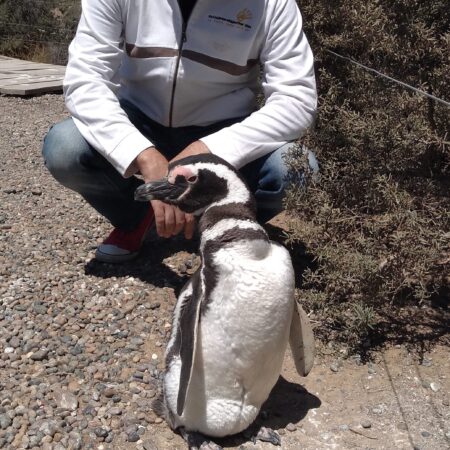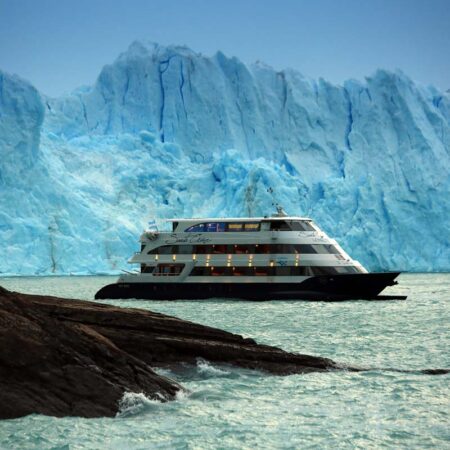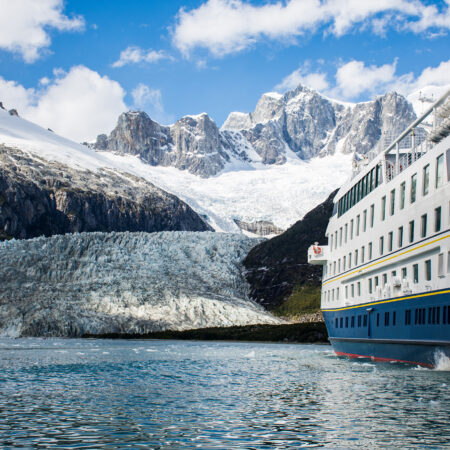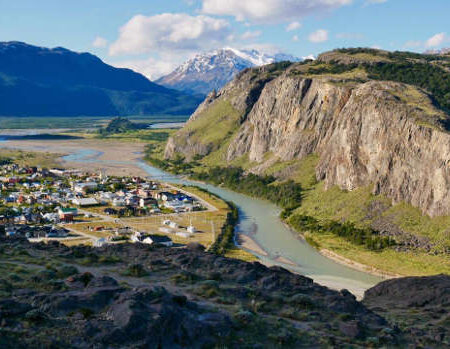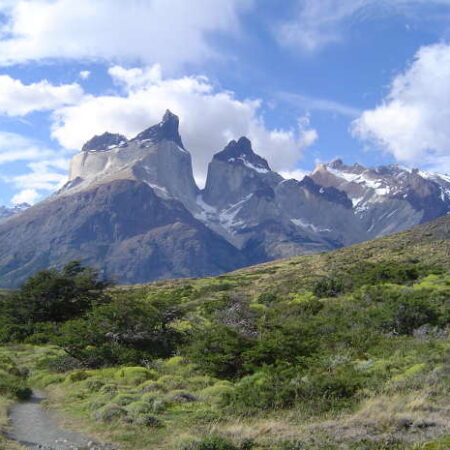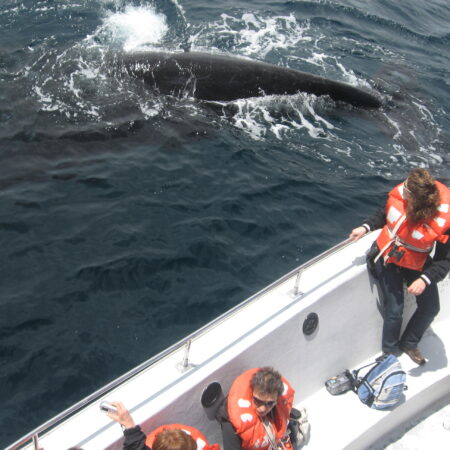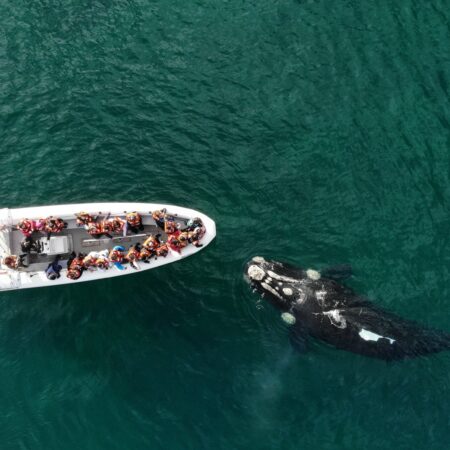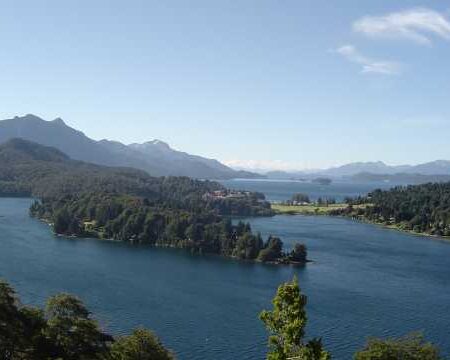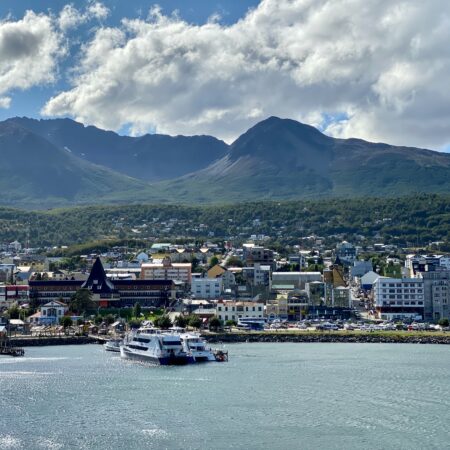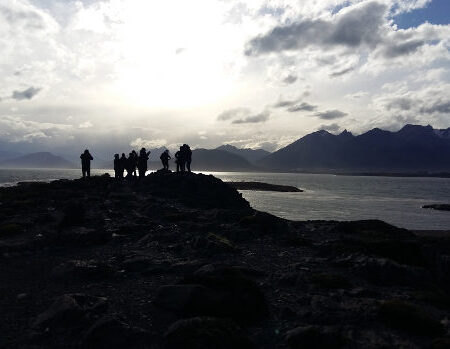On the Atlantic coast of Río Negro’s San Matías Gulf, in northern Atlantic Patagonia, rises San Antonio Oeste, a city whose history intertwines with the first Spanish explorations of the 16th century.
On February 18, 1520, during a voyage through these waters, an expedition named the gulf San Matías, in honor of the saint of the day. More than two centuries later, on January 17, 1779, another expedition led by Lieutenant Pedro García dedicated these coasts to San Antonio de Abad.
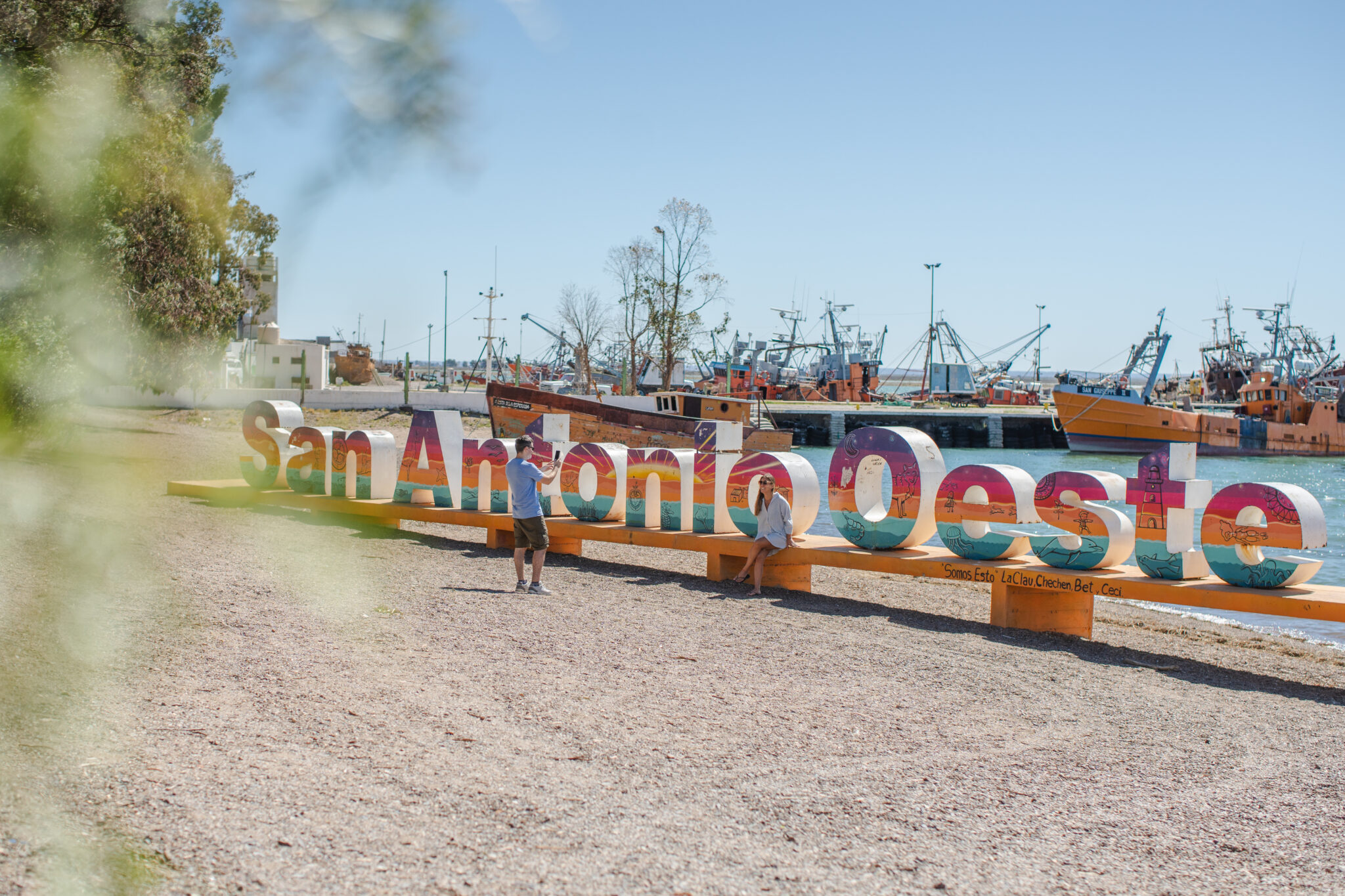 The first permanent settlements only emerged at the end of the 19th century in Saco Viejo, where the port of San Antonio Este is located today. The scarcity of water led settlers to move to the western side of the cove, and on July 10, 1905, the official founding date of San Antonio Oeste was established.
The first permanent settlements only emerged at the end of the 19th century in Saco Viejo, where the port of San Antonio Este is located today. The scarcity of water led settlers to move to the western side of the cove, and on July 10, 1905, the official founding date of San Antonio Oeste was established.
During the early decades of the 20th century, its natural port played a prominent role in the commercial movement of Patagonia and the then Territorio Nacional de Río Negro. However, the arrival of the railway connecting Buenos Aires with Bariloche transformed the trade routes, relegating the port to a secondary role until its final closure in 1944. Today, only limited fishing activity remains, while large-scale operations are concentrated in the deep-water port of San Antonio Este.
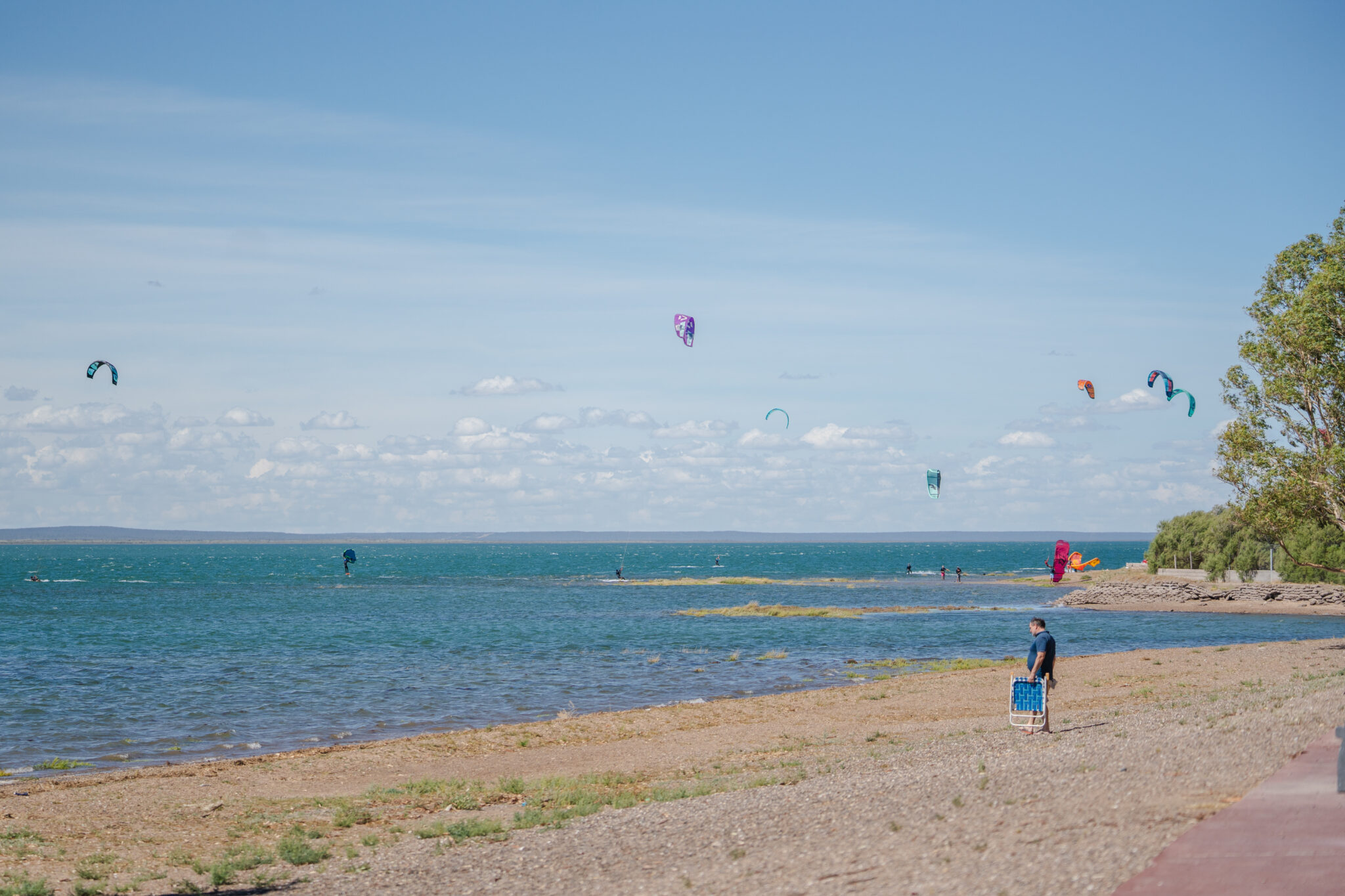 With a population of around 40,000 inhabitants, the local economy combines port activity with tourism, boosted by its proximity to the renowned seaside resort of Las Grutas.
With a population of around 40,000 inhabitants, the local economy combines port activity with tourism, boosted by its proximity to the renowned seaside resort of Las Grutas.
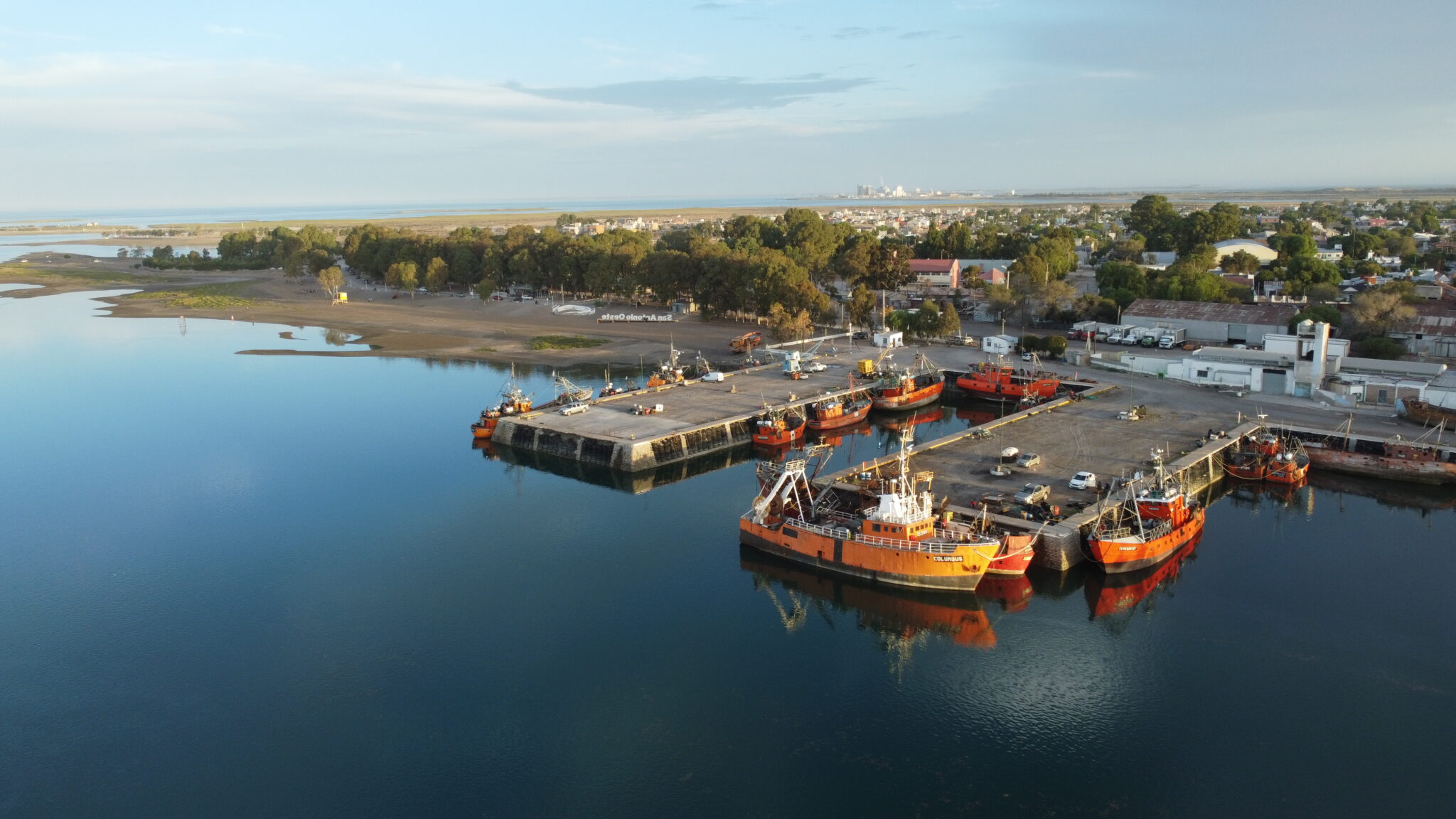
The municipality encompasses three localities: San Antonio Oeste, San Antonio Este, and Las Grutas, forming an area with a strong coastal identity.
The urban profile is characterized by low, simple houses, some of remarkable charm. In the railway neighborhood, houses made of sheet metal and wood are still preserved, witnesses of a past linked to the train.
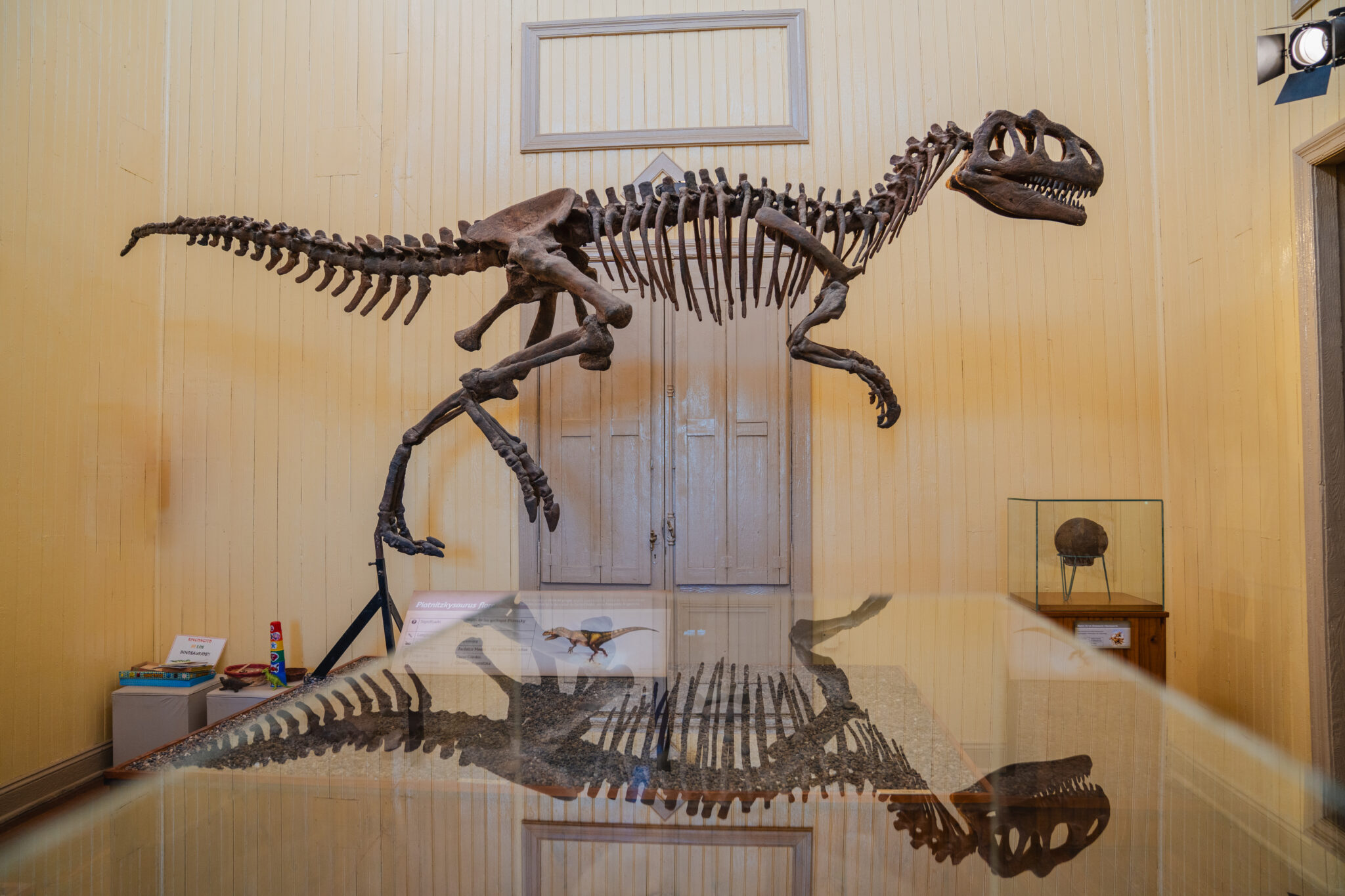 The Jacobacci Museum, dedicated to natural and anthropological sciences, displays collections spanning geology, paleontology, marine biology, archaeology, and ethnography, offering deep insights into the region.
The Jacobacci Museum, dedicated to natural and anthropological sciences, displays collections spanning geology, paleontology, marine biology, archaeology, and ethnography, offering deep insights into the region.
The nearby beaches complete the offering. La Mar Grande, which at low tide reveals an extensive sandy surface, is one of the most popular. Also notable are La Marea, with its fishing pier, and Punta Verde, corners where the sea and everyday life meet.
San Antonio Oeste remains a city of serene rhythm, where port memory, railway tradition, and the touristic vitality of its coastal surroundings coexist.
© Sergio Pappatico


